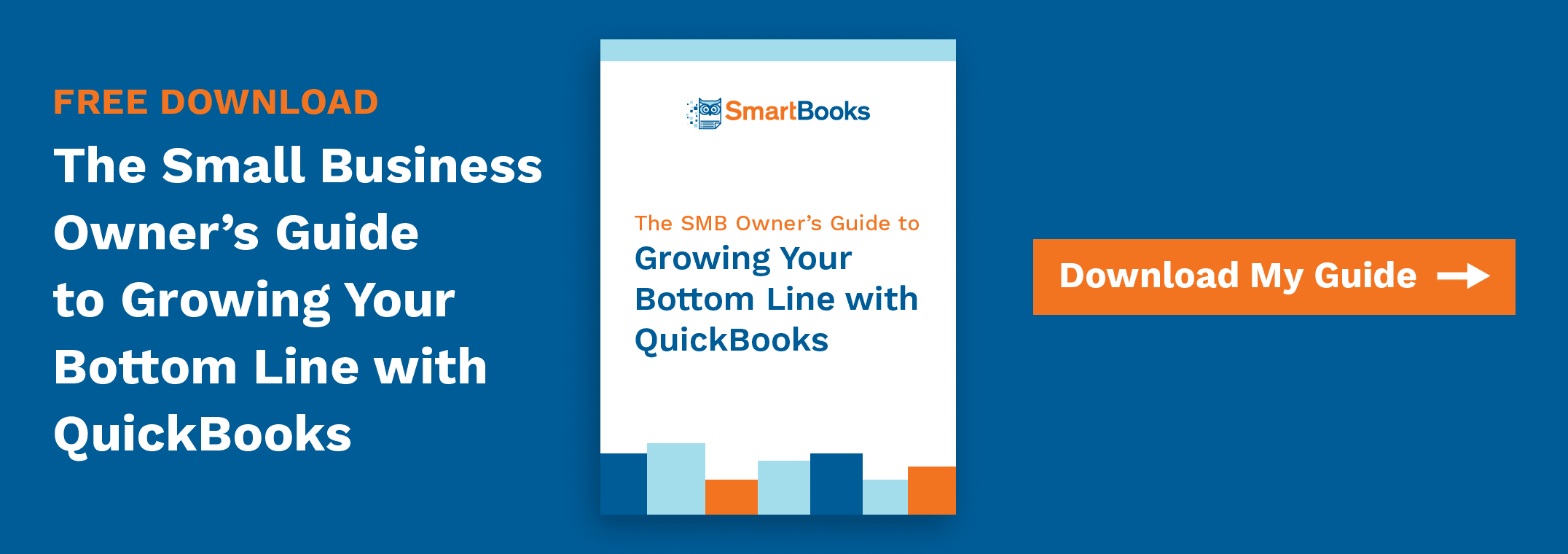Setting Up Dimensional Charts of Accounts for Accurate Data Forecasting

One of the most fundamental aspects of your business’s bookkeeping and accounting is its chart of accounts. Taking the time to set up your chart of accounts correctly can both make your accounting work a lot easier and make your books a lot more useful, by giving you actionable insight into your business’s financial operations and performance. Armed with this insight, you can make smarter, more informed decisions about your strategic next steps.
What Actually Is a Chart of Accounts?
Your business’s chart of accounts is simply a dossier of all entities from whom your company records transactions in its general ledger. This record is used to classify transactions into groups based on the accounts they affect. Charts of accounts are the backbone of basic accounting and reconciliation, and they’re also an important record to have on hand when reporting financial records to other entities, such as government agencies or subsidiary companies.
It’s helpful to understand how charts of accounts are typically organized. The top of the organizational hierarchy involves categories that indicate each account’s financial impact:
- Assets
- Liabilities
- Equity
- Revenues
- Expenses
Accounts are also often organized by business function or by department within your organization:
- Manufacturing
- Marketing and Sales
- Administration
Clearly, these basic accounts are important to track, as they tell you how the different parts of your business contribute to the overall financial picture. Tracking your Marketing expenses year after year, for instance, will help you understand if that increased marketing spend last year yielded increased revenue this year or simply drove your expenses up. One way of tracking your marketing and sales is through the use of a marketing automation tool. For instance, the latest optinmonster review shows how advanced page level targeting works.
Adding Dimensions to Your Chart of Accounts
That basic insight is obviously useful, but you can increase your reporting flexibility and analytical abilities by bringing dimensions into the fold. Dimensions allow for more in-depth analysis of financial data by assigning new parameters to the above categories. Common dimensions include location or region, by specific item or product, or by customer.
For example, when dimensions are applied to the above examples, you would be able to view financial data in contexts that are more specific and helpful for data analysis:
- Fixed assets by location
- Revenue by product
- Marketing spend by region
Fortunately, accounting software solutions have streamlined the process of setting up and managing dimensions. Bookkeepers once had to use a slew of complicated prerequisite codes for each new dimension, but technology improvements now mean these can be easily applied to large numbers of accounts.
Tailoring Your Chart of Accounts to Your Business
That said, the ease of setting up dimensional charts of accounts within accounting software belies its complexity. Remember, the goal of your chart of accounts is to give you insight into your business to help you operate more efficiently and make informed decisions to drive your growth. That means your charts must be built on a foundation that tracks the business metrics and Key Performance Indicators most relevant to your organization. There is no universal right chart of accounts, and not just any accounts or dimensions will provide the data you need for your business.
This is an area where turning to an expert can be very beneficial. Experienced accountants will have recommendations for organizing your chart of accounts and setting up the dimensions that will give you the insight you need. And they can help you implement those principles.
It’s worth the investment of a little effort. When set up correctly by those who know how, charts of accounts are effective tools for both historical analysis and performance forecasting.
If you’re ready to bring a new level of rigor to your accounting and get more out of Quickbooks, download our free guide.
